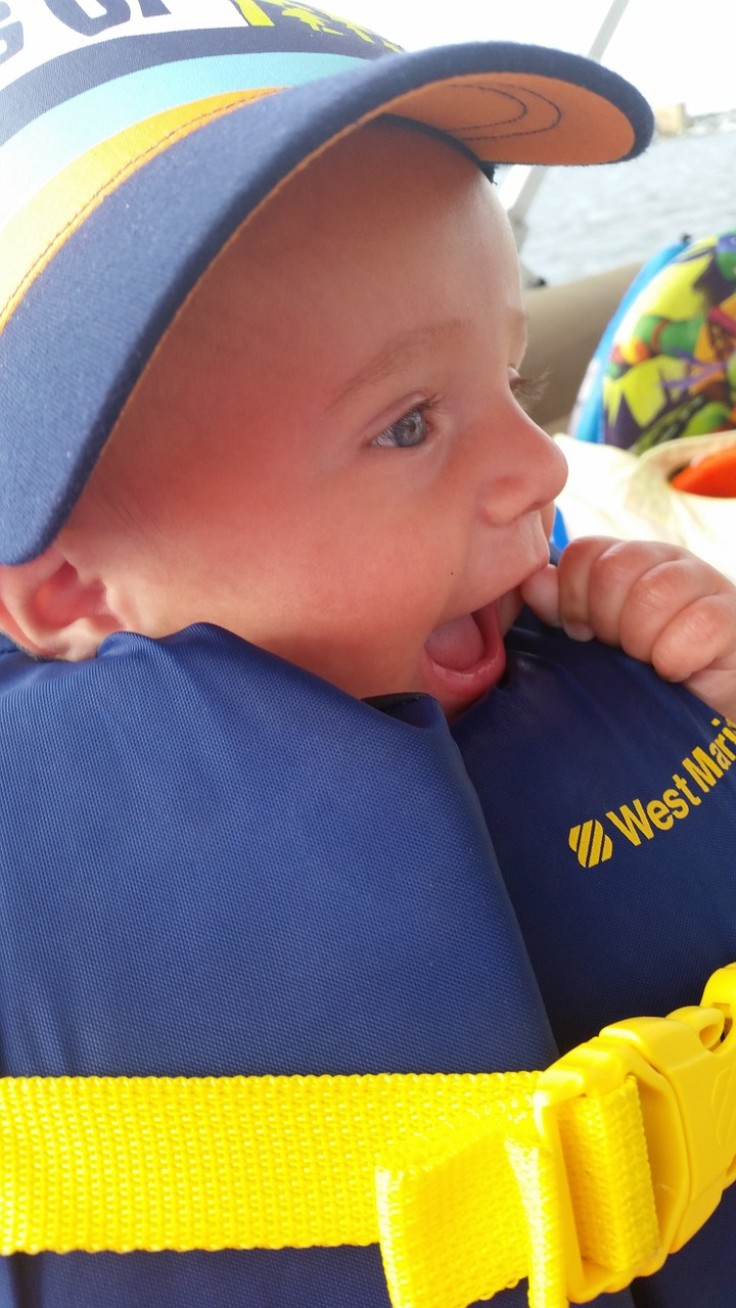
According to the WHO, drowning is the second leading cause of unintentional injury deaths in children. Whether it's the trip to the beach, kayaking, and canoeing in the river or just a dip in the community pool, water safety is crucial. That's where the life jacket comes in.
It's a personal floatation device that ensures your child's safety in the water, provided you have the right one. Here are a few important factors for buying the safest toddler life jacket.
Your Child Needs a Life Jacket Even If They Can Swim
Firstly, remember that even if your child can swim, their ability won't necessarily protect them in every situation. Therefore, judge the water condition, the activity, and level of supervision, and give them the age-appropriate life jacket.
Different Types of Life Jackets
You must always buy the US Coast Guard-approved life jackets for your child. There are mainly three approved types of life jackets for toddlers:
Offshore Life Jackets - These life jackets are best if your child is venturing into rough seas, open ocean, or remote waters where quick rescue is unlikely. They are the most buoyant of all the life jackets. They feature reflective tapes that can be spotted from a distance. What's unique about this jacket is that it can turn an unconscious person face-up in water.
Near-Shore Buoyant Vest - Best suited for general boating in calm, inland waters, these types of life jackets are less bulky and suitable for situations where quick rescue is possible. Not all of them are designed to turn an unconscious person' face-up.
Floatation Aid - Best for calm inland waters like swimming pools, these are lightweight, comfortable, and can be worn for extended periods.
It is up to you to go for the best-suited one depending on the nature of the activity and the water condition.
Choose the Right Design
Modern life jackets are stylish. But the most pivotal thing to look for is the design underneath. USCG-approved safe life jackets feature different designs like foam or neoprene-made jackets that are inherently buoyant while others are inflatable. Some may require manual inflation, while others automatically deploy when submerged in water.
If you are looking for an all-condition toddler life jacket with the highest safety, it is best to go for foam made ones that float in water. There are hybrid ones too that combine buoyancy and an inflatable chamber. Although they aren't suitable for all conditions, they are less bulky and more comfortable.
Proper Size and Fit
Proper size and fit are imperative for a life jacket. The right fitting life jacket guarantees optimum safety. Parents often make the mistake of getting a size bigger, thinking that their child will grow into it. A loose-fitting life jacket will not provide adequate protection. It should fit snugly.
Choose the right jacket as per your child's size and weight and the manufacturer's label. Do not buy before trying. Ensure the belts are properly fastened to check the fit. Check the top of the arm and gently pull up to see if it slides easily. If so, the jacket is loose, and you need a smaller size.
It isn't enough to try the jacket before buying it. To make sure that you buy the safest toddler life jacket, get your child to practice wearing it in calm waters or a controlled environment before indulging in any activity.
A pool or a lake under supervision would be a good idea. Take the time to select the right jacket for your child, but remember that merely buying a jacket isn't enough. You have to get your child to wear it. After all, your child's life depends on it.